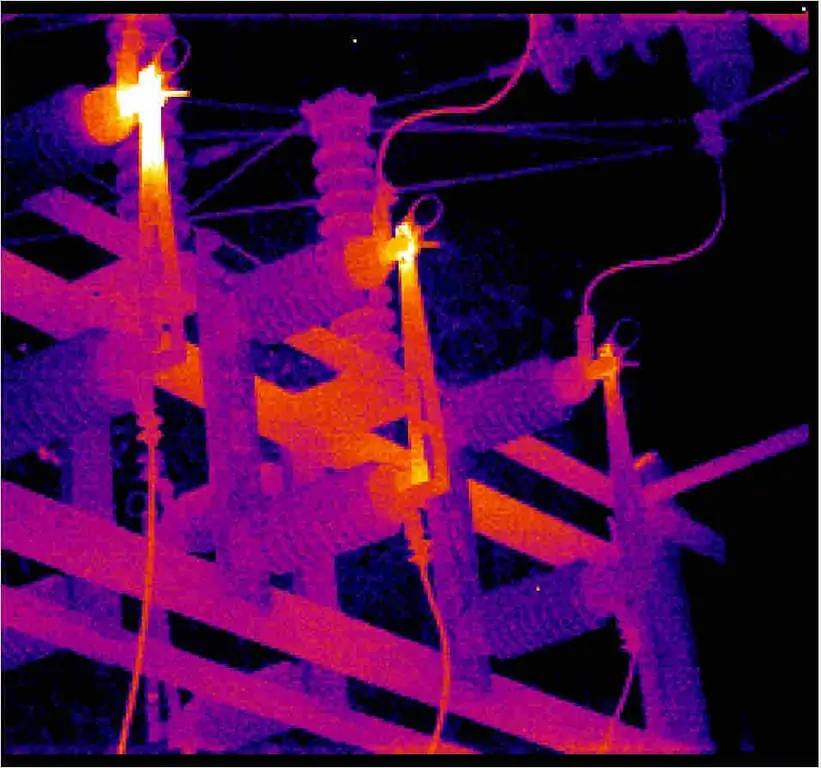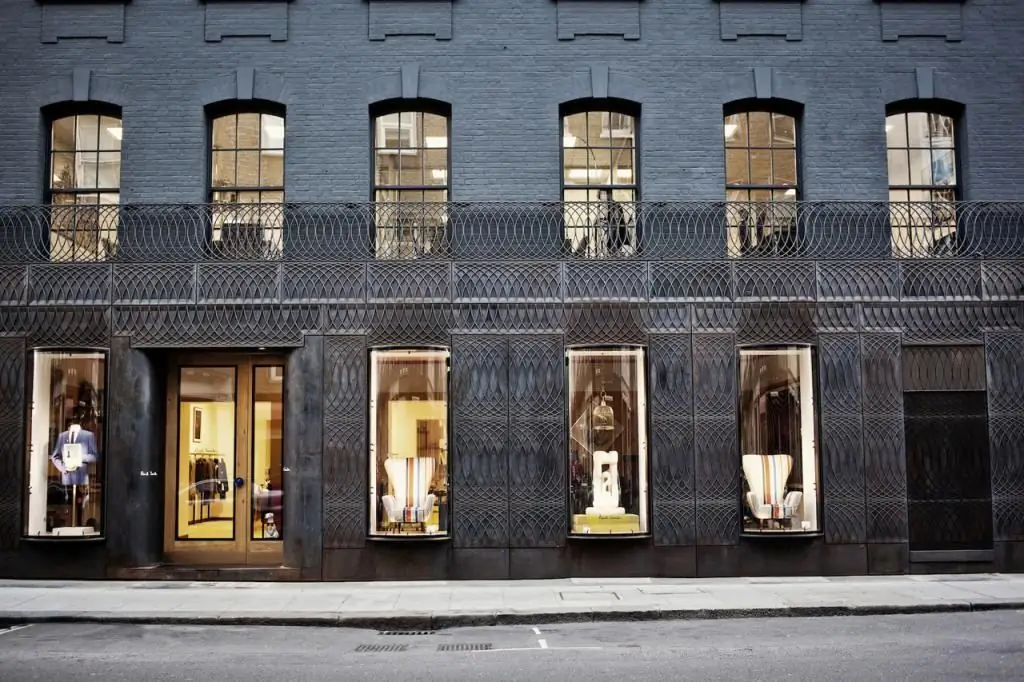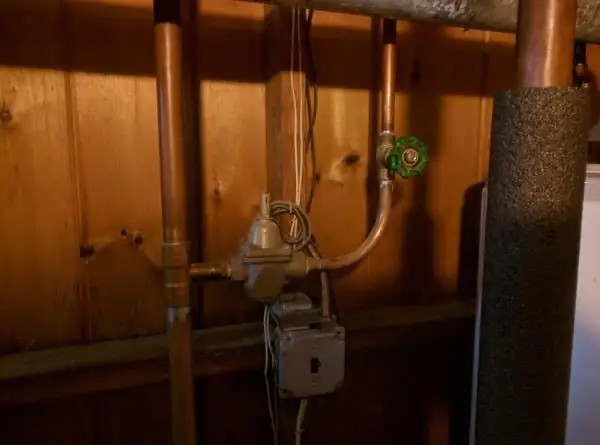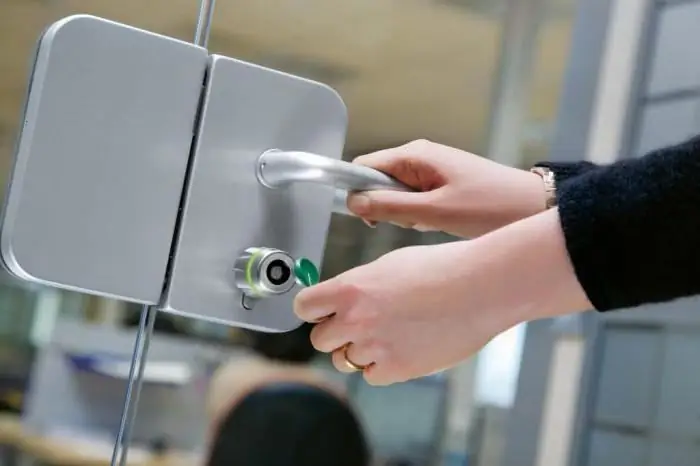2026 Author: Howard Calhoun | [email protected]. Last modified: 2025-01-24 13:10:31
The issue of premises security in the modern world is very important. All kinds of criminals, unscrupulous competitors, overly curious colleagues or employees - these are just some of the possible problems that you can get rid of with the help of a room access control system.
What is this
This device is part of the protective mechanism of the room, installed if necessary by decision of the management. Direct access control in the room is provided using various devices: a retinal or fingerprint scanner, an access card, embedded chips, etc. In the vast majority of cases, the system is directly connected to other devices that limit the entry of unwanted persons into the protected area. For example, without fingerprints in the database, it will be impossible to open the lock on the door, which will prevent unauthorized persons from entering, say, a warehouse. In addition, an unauthorized access attempt can give an alarm signal to the security console. At military installations, such an incident can cause the activation of an automatic security system capable ofaggressively prevent intruders from entering the facility.

Composition of the system
There is no basic set or composition of the access control system to the premises, because they are all very different and may have their own unique features. However, it is possible to highlight the main elements that are always or almost always present in any such device.
- Blocking devices. This includes electric locks, turnstiles, barriers and other similar mechanisms. They are intended to prevent access to an object after the appropriate signal (or to prevent access without a signal). In some cases, they are used only to detain a person. In others, they may tightly block the room, not allowing you to leave or enter without special access codes.
- Identification devices. This is special equipment that determines whether a certain person has access to the premises. In the simplest and cheapest cases, ordinary electromagnetic cards are used. Less commonly used is a system for determining fingerprints, retinal patterns, and blood groups. Most people have seen such "miracles" only in science fiction films.
- Sensors. They are needed for the timely transmission of an alarm signal to the security console. Less commonly, the system works in reverse, and the sensors block the premises only when an unidentified person tries to enter them. In all other cases, they simply read information from access cards anddo not restrict the movement of people in any way.
- Hardware, database and software. An important role in the access control system to the premises is played by servers that contain all the necessary information. There is a database of persons who have (or do not have) access, statistics of all movements and much other information. Usually a unique software shell or even a program written completely from scratch is used, which significantly complicates the work of potential hackers.

Varieties
Often, there is only one type of indoor access control system, based on some particular type of identification. But there are a lot of such devices themselves.
- Electromagnetic cards and chips.
- Fingerprint reader.
- Retinal scanner.
- Blood tester.
- Reading information from a chip sewn under the skin.
- Voice identification.
- Enter access code and so on.
The simplest, cheapest and most common is the control of access to the premises by cards. They are easy to produce, you can easily change and give new employees additional ones. The remaining varieties are used less frequently, and only in extreme cases can several types of control be used simultaneously at one facility.

Operation
The principle of operation of any system is very simple (which absolutely does not mean that it can be easilyhack). So, each person with the right of access receives an electromagnetic card, leaves his fingerprint, finds out the desired code, and so on. Data about this is entered into the database, which subsequently makes it possible to clearly determine what this or that person is doing and where this or that person is.
On the example of a hotel access control system, where special cards are used instead of keys, several main types of protection work can be distinguished. So, in rooms where all people have access, you can enter without additional control at all. Only the person who paid for it or the servant can enter the hotel room directly. But servants' access is limited to a certain time. The guest cannot enter the office premises. In any hotel there are service personnel who are outside the customer area. These employees do not have the opportunity to go to public places and even more so to the rooms. In some cases, such a control system also determines the privileges of a person. For example, unlimited and free access to the bar, so actively used in Turkish hotels, or the ability to eat at any time of the day.

Basic Benefits
Controlling access to office premises, industrial plant, hotel, military facility and so on provides management with a number of specific benefits:
- facilitate the work of fixing the movement of employees and customers;
- decrease in security staff;
- improving security;
- worker controltime.

Results
Any, even the cheapest such system, used mainly for show, already greatly simplifies the work of the enterprise. The lack of access to separate rooms allows you to work without being distracted by outsiders, and the understanding that management has the ability to control increases discipline.
Recommended:
Thermal imaging control of electrical equipment: concept, principle of operation, types and classification of thermal imagers, features of application and verification

Thermal imaging control of electrical equipment is an effective way to identify defects in power equipment that are detected without shutting down the electrical installation. In places of poor contact, the temperature rises, which is the basis of the methodology
Non-residential stock: legal definition, types of premises, their purpose, regulatory documents during registration and features of the transfer of residential premises to non-resi

The article considers the definition of non-residential premises, its main characteristics. The reasons for the growing popularity of acquiring apartments with a view to their subsequent transfer to non-residential premises are revealed. A description of the features of translation and the nuances that may arise in this case is presented
Electric locomotive 2ES6: history of creation, description with photo, main characteristics, principle of operation, features of operation and repair

Today, communication between different cities, passenger transportation, delivery of goods is carried out in a variety of ways. One of these ways was the railroad. Electric locomotive 2ES6 is one of the types of transport that is currently actively used
Low pressure heaters: definition, principle of operation, technical characteristics, classification, design, operation features, application in industry

Low pressure heaters (LPH) are currently used quite actively. There are two main types that are produced by different assembly plants. Naturally, they also differ in their performance characteristics
Flame control sensors - features, device and principle of operation

Today, people actively use fire for their own purposes. However, it is very dangerous, and therefore, when working with it, it is necessary to put safety in the first place. On an industrial scale, this role is played by a flame control sensor

